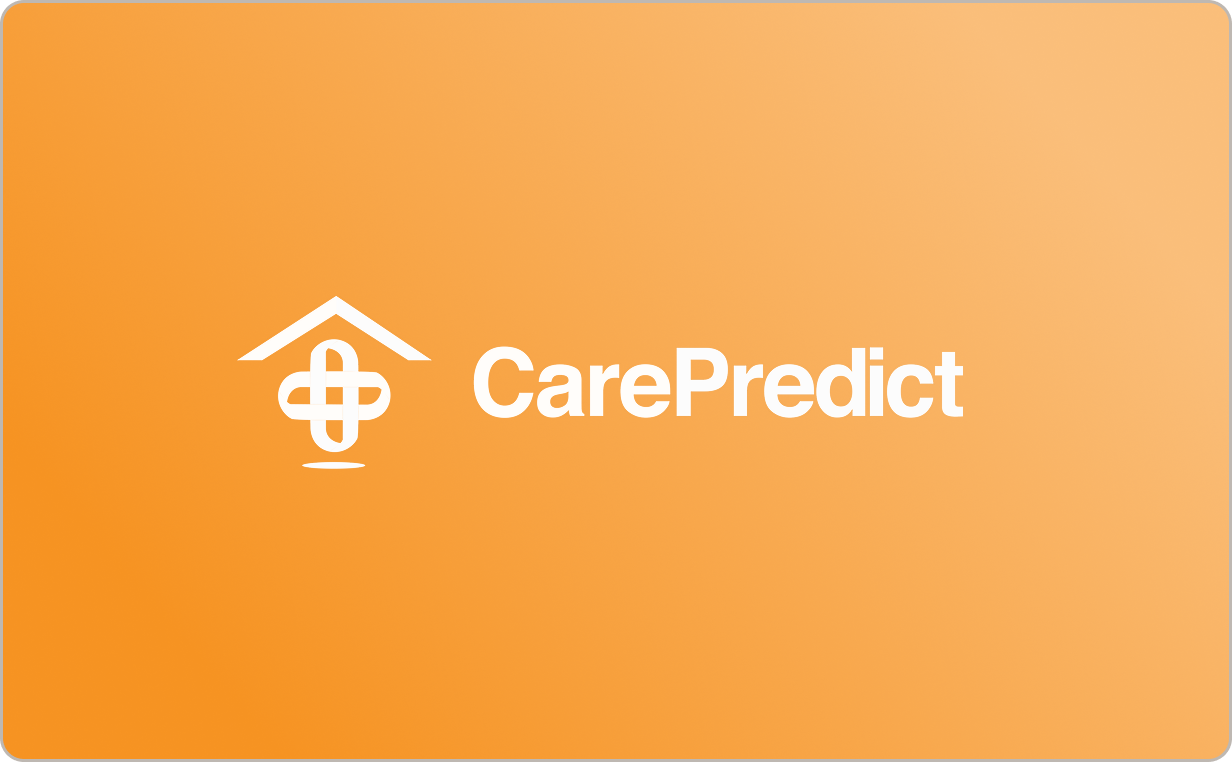New Research Shows CarePredict Improved Health Outcomes and Staff Engagement in Senior Living Facilities

FORT LAUDERDALE, FLA., May 25, 2022 — CarePredict, the leading digital health company purpose-built to meet the demands of senior care and the recipient of the 2021 Argentum Best of the Best Awards, today announced the addition of Chris Winkle to its Board of Directors. Winkle, a seasoned leader with over 20 years of experience growing businesses in the Senior Living and Healthcare industries, is joining CarePredict to guide its exponential growth.
“We are delighted to welcome Chris to CarePredict’s Board of Directors,” said Satish Movva, CEO and Founder, CarePredict. “Chris joins us at an exciting time as we continue to rapidly expand our presence in Senior Living with our innovative and proven platform that is transforming Occupancy rates and Workforce optimization. His strategic insights and industry knowledge will be extremely valuable as we revolutionize Senior Care.”
Winkle most recently led Sunrise Senior Living for over seven years as its CEO and COO. Sunrise operates 280 senior living communities in the USA and Canada. Previously, Winkle was the CEO of MedQuest and Mariner Healthcare in the Diagnostics and Post-acute industries.
Winkle is currently on the Board of Direct Supply, which delivers solution-driven platforms designed to enhance the lives of millions of seniors. Winkle served till recently on the Board of Argentum, the leading national trade association representing companies that own and operate professionally managed senior living communities in the U.S.
At CarePredict, Winkle serves on the Board of Directors along with Founder and CEO Satish Movva; Investors Greg Madden of SV Health Investors, Sanket Parekh of Secocha Ventures and Dean Hatton of Las Olas Ventures; Physician Entrepreneur Dr. Marc Loev and Sanjay Khosla former President of Kraft Foods and former Board Director of BestBuy.
“I can’t overstate the impact CarePredict is having on our industry,” Winkle said. “Beyond increasing occupancy and optimizing staffing, their AI-Powered platform is paving the way for value-based care to significantly improve health and wellness in Senior Living.”
About CarePredict:
CarePredict’s mission is to help caregivers of seniors take timely action in any care setting. Based on the science that changes in daily activities and behavior patterns precede health declines, CarePredict autonomously understands these patterns and alerts caregivers on changes that warrant attention. We provide a unique multi-function platform that caters to senior living operators, value-based care systems, providers of RPM/CCM services and families. CarePredict has been proven in a peer-reviewed and published study to reduce hospitalizations by 39 percent, falls by 69 percent and improved length of stay by 67 percent in Senior Living.
CarePredict is based in Fort Lauderdale, Florida.
For more information, visit http://www.carepredict.com, email info@carepredict.com.
Fort Lauderdale, FLA., September 17, 2020 – The use of CarePredict’s AI-powered digital health platform for senior care significantly reduced hospitalizations and falls, and consequently improved resident retention in senior living facilities, according to a published peer-reviewed study in the Journal of Medical Internet Research.
Anonymized data from 490 residents was collected from six similar facilities over 24-months, three of which used CarePredict. Facilities using CarePredict had 40 percent fewer hospitalizations, 69 percent lower fall rates, 67 percent longer length of stay, and 37 percent improved staff response rate than facilities that did not use CarePredict.
“Communities using CarePredict have continuous visibility into the evolving health of a senior and are able to identify older adults that are at an increased risk for a health decline,” said Dr. Gerald Wilmink, Chief Business Officer at CarePredict and lead author of the study. “In the study, this ability to intervene much earlier and protect residents from conditions that left untreated could result in hospitalization, was a significant contributing factor to improved outcomes.”
It is well known that changes in activities of daily living precede declines in health. CarePredict uses a sophisticated smart wearable – Tempo™, artificial intelligence, machine learning, and advanced kinematics algorithms to learn each person’s usual daily activity patterns. When there is a deviation from an individual’s “normal,” the system alerts caregivers on a wide range of potential concerns, including the probability of an increased risk for falls. This ability to detect the early signs of concerns allows caregivers to initiate assessments, provide preventive care, and assures residents’ wellbeing.
“The rapidly increasing senior population along with declining caregiver numbers is a global problem and one that cannot be solved using scarce human caregivers alone,” said Satish Movva, CEO and founder of CarePredict. “This study is an important first step in understanding how technology-enabled care can augment caregivers and help drive efficiencies.”
For more information on the study, visit JMIR Aging 2020 http://aging.jmir.org/2020/2/e19554/.

Related Press Releases




